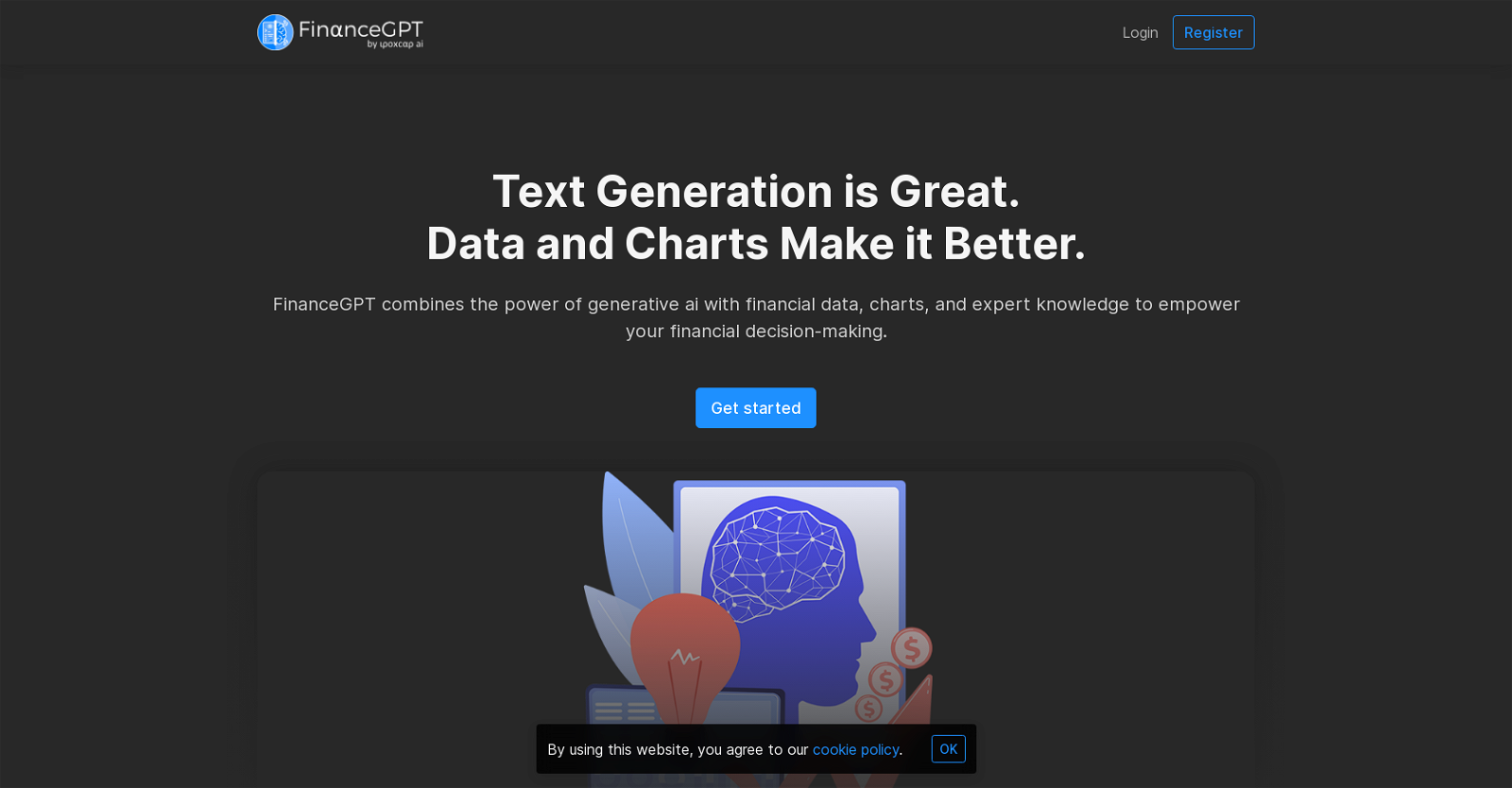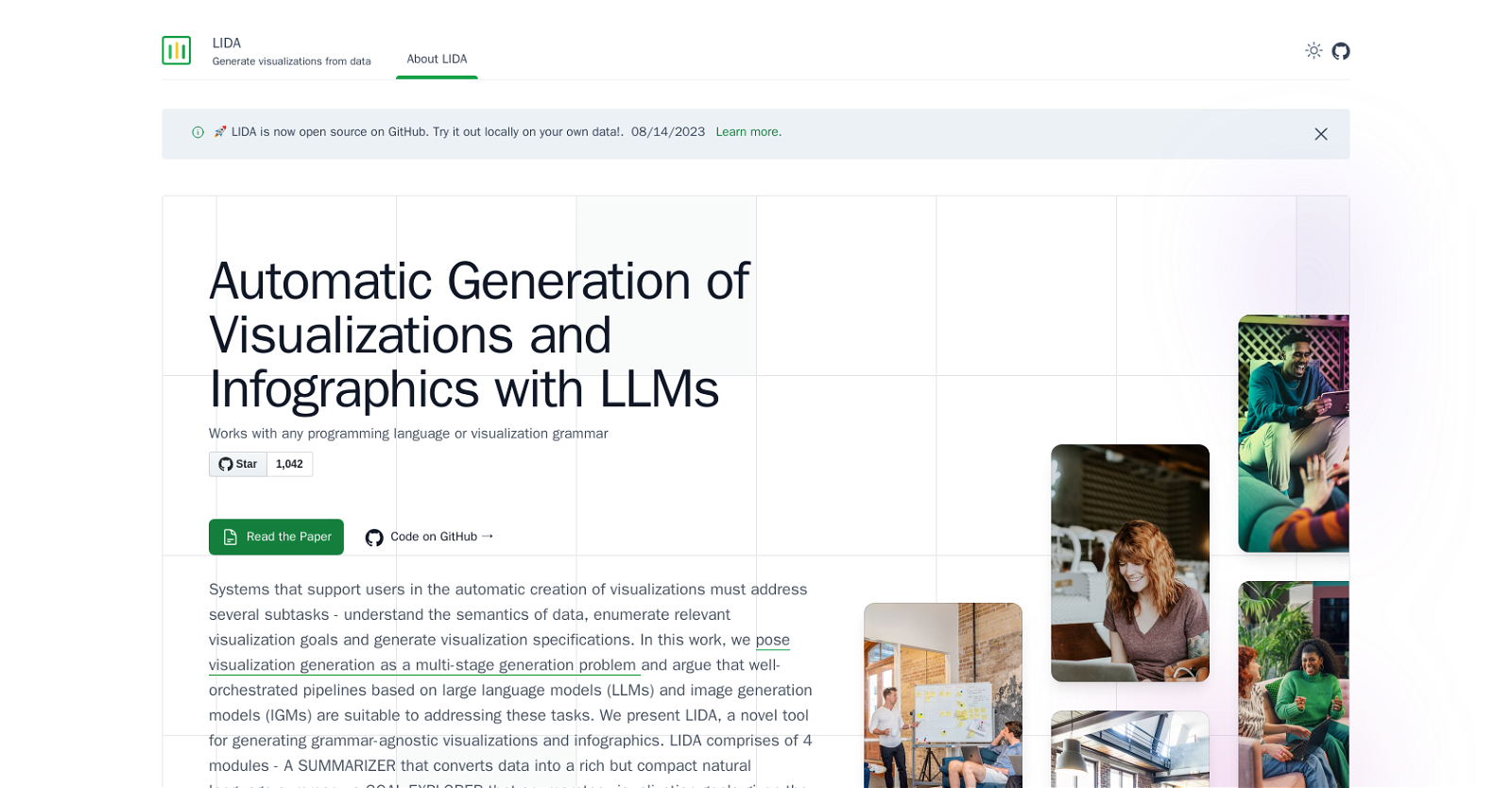FinanceGPT
FinanceGPT is an AI-powered platform designed to enhance financial analysis, research, and consulting. By combining generative AI capabilities with the expertise of certified professionals, FinanceGPT aims to provide accessible and reliable financial insights for investors, financial managers, and accountants.
The platform offers a range of AI tools, including balance sheet analysis, cash flow analysis, credit analysis, equity research, and valuation analysis. These tools aim to streamline various financial tasks and decision-making processes, saving time and effort for users.
FinanceGPT provides customizable financial forecasting, real-time data aggregation, and advanced analytics to empower data-driven decision-making. It also offers features like financial health monitoring and insightful reporting to help users gain valuable insights into a company’s financial performance.
To ensure the highest level of accuracy and reliability, FinanceGPT offers a quality assurance assessment by certified professionals, such as Certified Accountants (CA), Chartered Financial Analysts (CFA), or Financial Risk Managers (FRM). This added layer of expert review guarantees that reports generated by the platform are both accurate and compliant with industry standards and best practices.
Supported by strong startup, tech, and data science ecosystems, FinanceGPT aims to assist users in staying on top of their finances and making strategic decisions for growth. The platform is accessible through registration and offers a user-friendly interface for easy tool selection, instruction input, and report generation.



